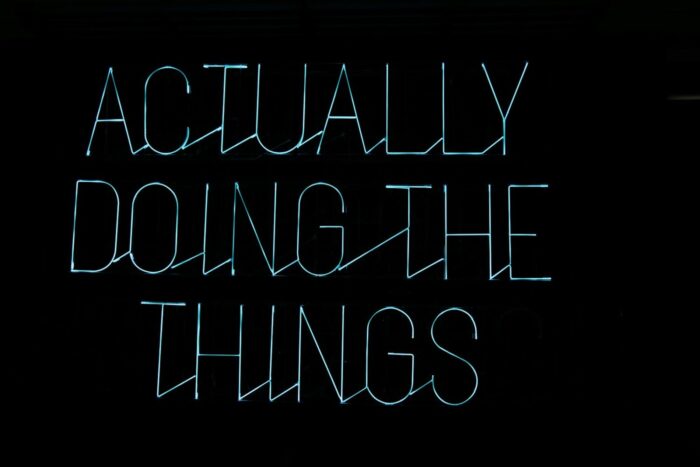
How many complex things can a human do at the same time?
It’s not a trick question. The answer likely came to you immediately. Correct, it’s one.
Doing more than one complex thing at the same time leads to terrible outcomes. Take driving and using a mobile phone as the extreme example.
In product teams — who often focus on a single goal for many weeks at a time — there are strict limits on work in progress. A person can be assigned to only one thing. Teams work on one thing per team member, minus one thing to ensure redundancy.
In agencies these rules are often less clearly defined, and sometimes don’t exist. People are commonly multi-assigned. They could be spending time across two or more projects, while also covering support agreement work.
It’s not uncommon for me to see people assigned to ten or more tickets. Yes 1-0, ten.
Continue reading
